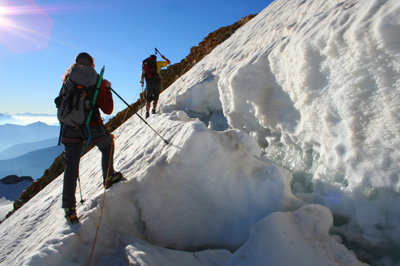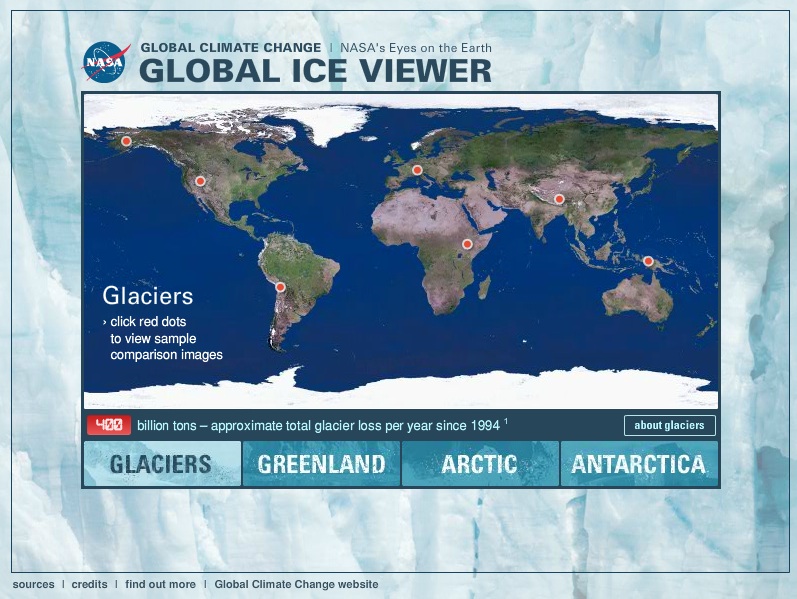Ice Caps and Sea Levels
Scenario
 As a research scientist working for the U.S. Panel on Global Climate Change Research, you and your colleagues have been collecting data in the field for months. Research on varying aspects of Earth’s diverse ecosystems has been studied, and your colleagues are just now gathering to share their experiences and their preliminary findings with the rest of the group.
As a research scientist working for the U.S. Panel on Global Climate Change Research, you and your colleagues have been collecting data in the field for months. Research on varying aspects of Earth’s diverse ecosystems has been studied, and your colleagues are just now gathering to share their experiences and their preliminary findings with the rest of the group.
Your fellow scientists are also friends. They are returning from Earth’s deserts, where they monitored temperature ranges, and from the world’s oceans, where they charted sea surface temperatures, ocean currents, and deepwater organisms. Plants and animals have been studied for possible global climate effects. Researchers in the rainforest have tracked species diversity. Epidemiologists have concentrated on human health in an effort to improve health conditions for Earth’s human inhabitants.
 You are glad to see them, but everyone knows what a huge task lies ahead. With a major international conference looming, it’s time for all of you to analyze the data to formulate a comprehensive report on global climate change on Earth.
You are glad to see them, but everyone knows what a huge task lies ahead. With a major international conference looming, it’s time for all of you to analyze the data to formulate a comprehensive report on global climate change on Earth.
This conference requires more than a standard report presenting data and displaying results in tables and graphs. Analysis of the data will be required to fully present an accurate picture of the state of the planet’s climate and trends that have been the focus of heated controversy and debate for the last decade. As a scientist, you naturally look at the data from purely objective perspectives.
You have been part of a team of scientists studying changes in Earth’s ice caps and rising sea levels. Your team gathers to begin work on analyzing its research in order to answer questions for the upcoming conference. Some of those questions will include:
- What changes have been occurring with Earth’s important ice caps?
- What role does global warming seem to have on the ice sheets and sea levels?
- What are some of the predictions for the future if these trends continue?
- What are some of the consequences?
Use the Related Links and the Satellite Images and Physical Evidence activities to help you analyze the problem. In your presentation to the conference, be prepared to base your conclusions on the data, present examples of relevant findings, and explain the possible consequences.



